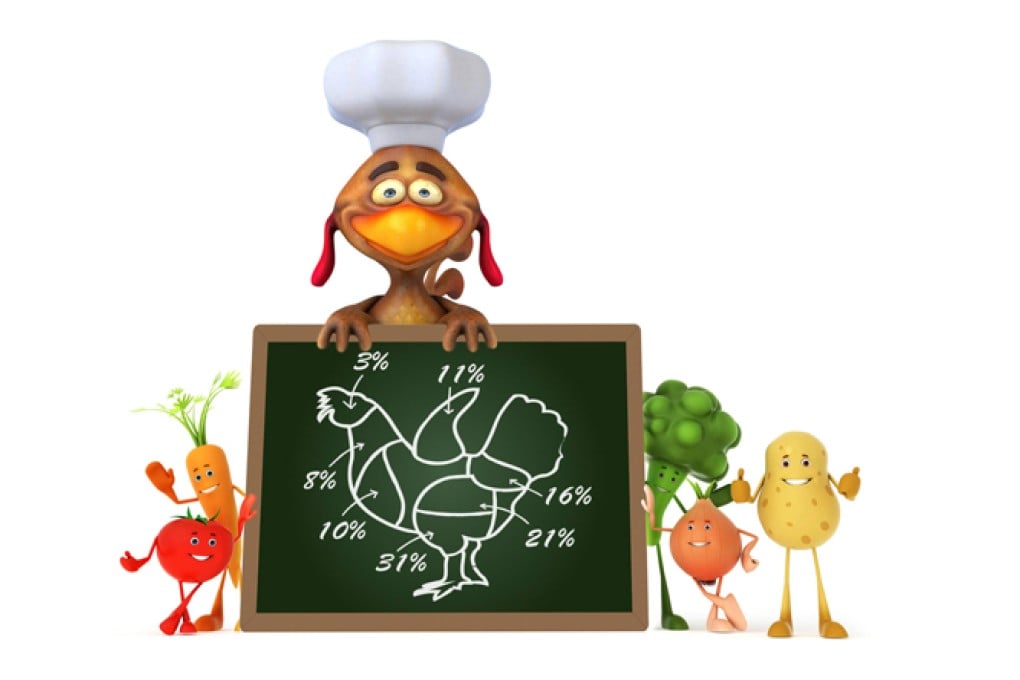
A friend and I recently had a discussion about chicken fat. Rather than buying packaged "parts", we both buy whole birds and cut them up ourselves. These fresh chickens always come with a big chunk of fat in the cavity. Where other people see this as something to be discarded, we look upon it as a bonus ingredient. He uses the fat in a creative way, by seasoning it with salt and herbs, then tucking it between the skin and meat of the breast portion. As the breast cooks, the fat melts and bastes it, giving this usually dry cut of meat more flavour and moisture.
I save the fat, as well as any excess skin, and seal it in a plastic bag. Whenever I have 500 grams or so, I render it. It's easy: cut the fat and skin into small-ish pieces, put them in a pan, add a little water, then bring it to a simmer over a medium flame. Turn the heat to very low, cover the pan with the lid and let it cook for about 15 minutes, then remove the lid. Continue to cook the ingredients until the water evaporates and all the fat melts out of the fat chunks and the skin. If you like, add chopped onion to the fat as it's melting. When all the fat has been rendered out of the solid ingredients, let it cool slightly before pouring the liquid into a jar. The solid ingredients left behind can be cooked in a skillet until crisp, then salted, drained on paper towels and eaten as delicious chicken cracklings. The fat from other types of poultry, such as duck or goose, can be rendered in the same way.
Rendered poultry fat can be stored for months in the fridge (where it will solidify). It's delicious when used to sauté potatoes, vegetables or meat. If you have enough of this rendered fat, you can use it to make confit, which is meat that has been cooked very slowly while completely submerged in melted fat.
Truc (tryk): noun, masculine, trick, gimmick, device. A French word for a chef's secret.
